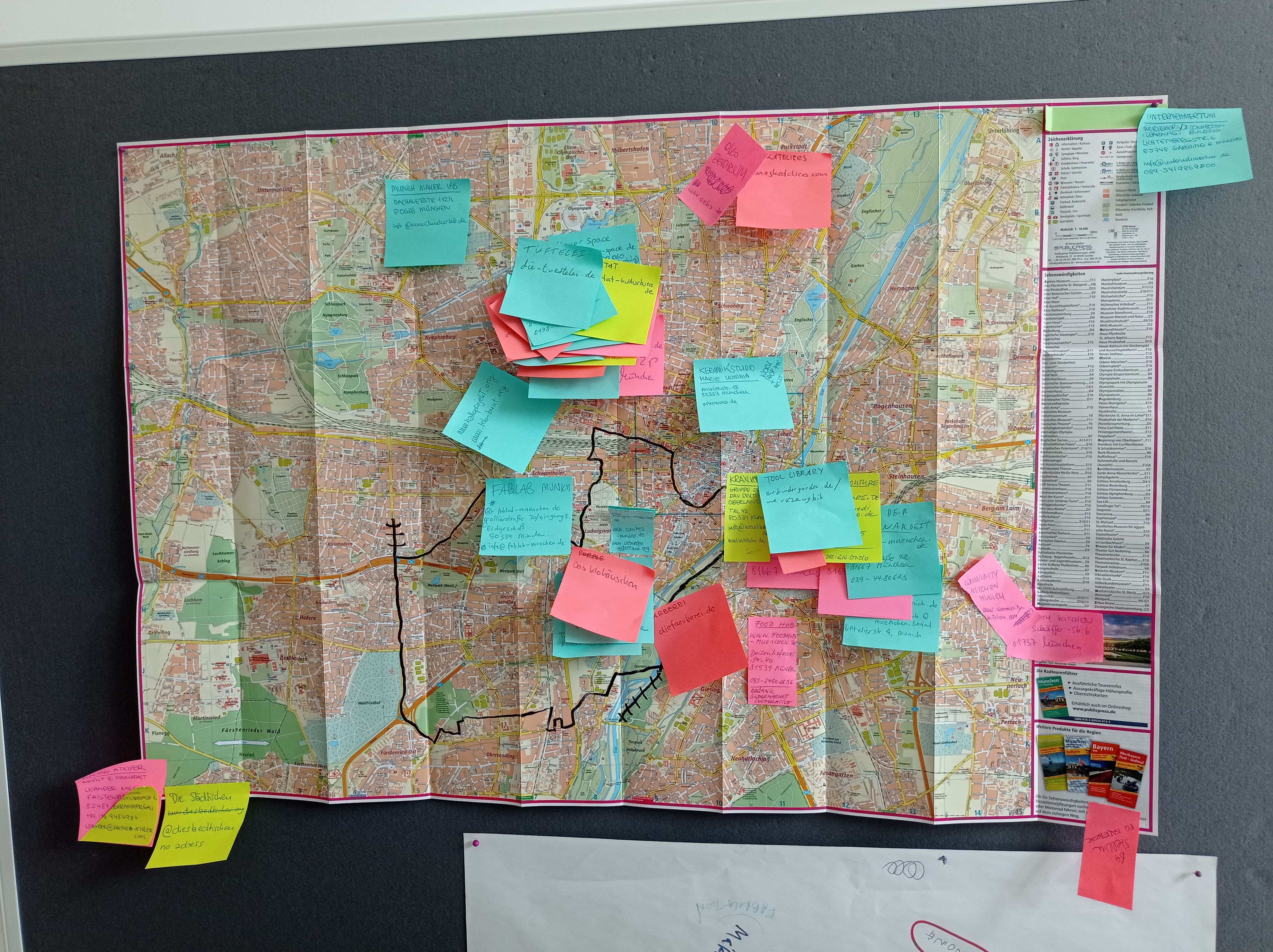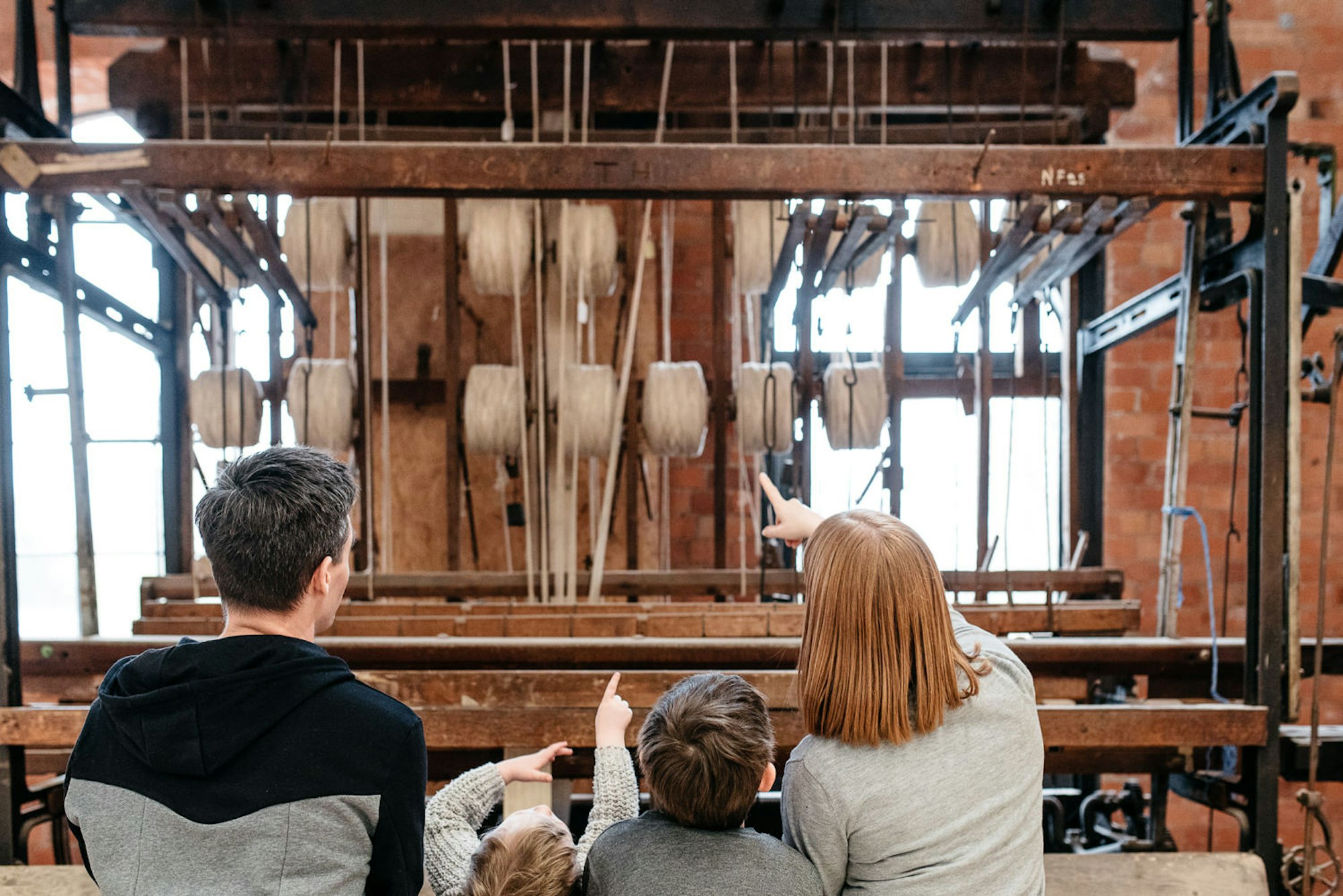Stories / Inspiration /
Designing a new manufacturing process

With no bolts or screws in sight, Paul Cocksedge’s new furniture collection relies on the extremes of liquid nitrogen to bond materials like steel, aluminium, copper and brass together. The London-based designer, who has frequently pushed the limitations of materials in his design work, has spent the last five years developing the new production process with a factory in Austria. This new work, titled ‘Frozen Solid’ is currently on exhibition at New York’s Friedman Benda Gallery.
Here are five things we can learn from Cocksedge’s endeavours to manufacture the ‘Frozen Solid’ collection.
1. Push the limits of what materials can do
For most makers and manufacturers, metal’s ability to expand and contract is a hassle. Cocksedge’s work is all based around the exploitation of this property, using the natural process of expansion as metal reaches room temperature to join different components.

2. Start simple
Cocksedge started out working with a factory in Austria to test his concept.
"We took some copper legs and we took some planed aluminum surfaces and we buried the legs in the snow overnight, so that they could really be frozen as cold as technically possible,"
In the five years it took Cocksedge to develop the collection, he moved on from using snow to liquid nitrogen to lower the temperature of components even lower.

3. Find a factory who are passionate about the material and process
Particularly when you’re looking to push the boundaries and do something out of the ordinary it’s important that you find a manufacturer who is passionate about what you’re trying to achieve. This is a lot to ask for, and finding the right manufacturer may well be a journey in itself. Cocksedge describes finding a factory to work with as the biggest hurdle in the project.
"The other thing is working with people who respect the metal. It sounds like a very simple thing, but it isn't, because a lot of people are used to just cutting metal and putting it in the back of a truck and sending it out.The metal pieces that we're working with are our children.”

4. Make something that lasts well
Cocksedge has taken designing for longevity to the extreme with his Frozen Solid collection which is far from flat pack. In order to separate, for example, the legs from the table surface you would need to bring the legs down to an incredibly cold temperature, without affecting the temperature of the table surface. Given how metal conducts temperature, this is nigh on impossible. Cocksedge is confident that his collection would remain intact whether the world freezes over or is engulfed in a layer of fire. Whilst we’re believers in producing durable products that can be used for many years, we do wonder whether this is a little too permanent? Perhaps producing something that can never be taken apart reminds us a little too much of the unwelcome permanence of so many plastic products in the world’s rubbish tips?

5. Take pride in smaller production runs
As Carly Ayres points out “liquid-nitrogen freezing is not exactly the most economical way to mass-produce furniture”, but why does furniture need to be mass produced? Manufacturing in small quantities has allowed Cocksedge and his factory team to experiment with materials; ultimately developing completely new manufacturing techniques and hand skill.
"My hands have touched every single piece," the designer says. "This thing is made by people; it's not made by machines."
We discovered the Frozen Solid Collection from Core77, you can read more here.
Inspired to get making? Check out our guide to workshop and fabrication facilities in Scotland
What happens when you put screenprinters in a resin factory, or take a ceramicist to a stonemasons? Read about our residency programme.
Categories
Inspiration
Related stories
Day 23 | Make Works Residencies 01 | Catching up with Katy West
Craft Scotland Conference
Happy International Women's Day!
Material Monday - Woven Polypropylene
Maker Speed Dater



